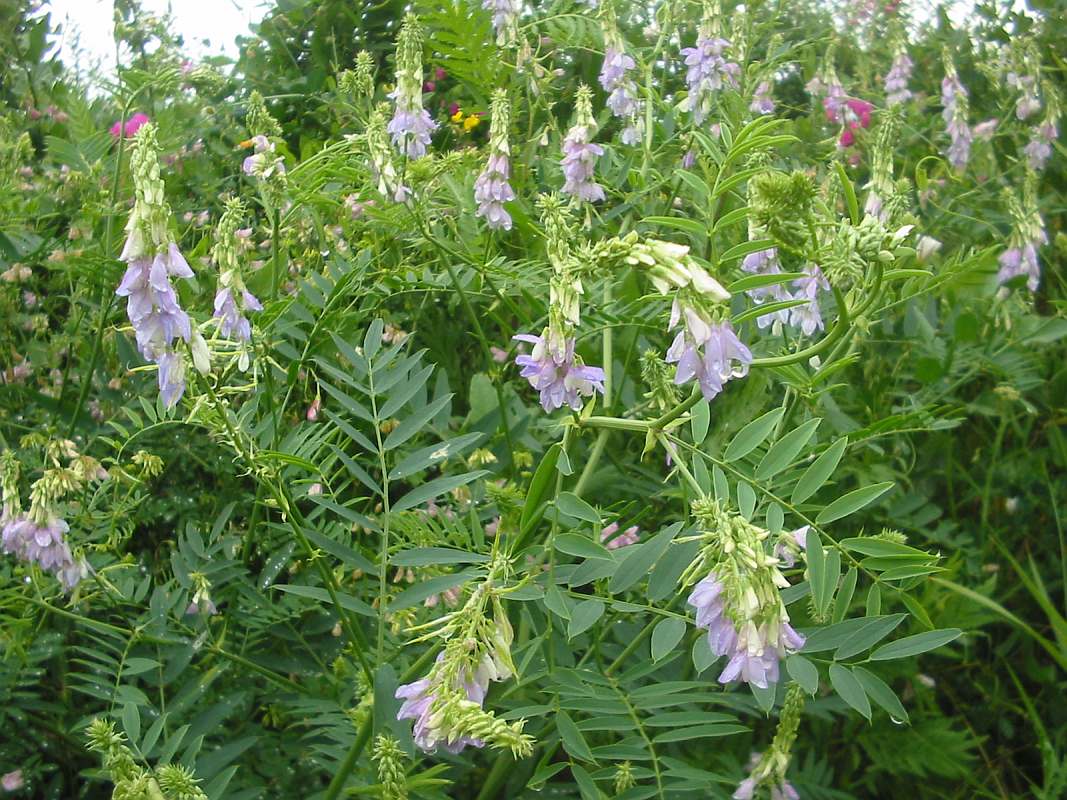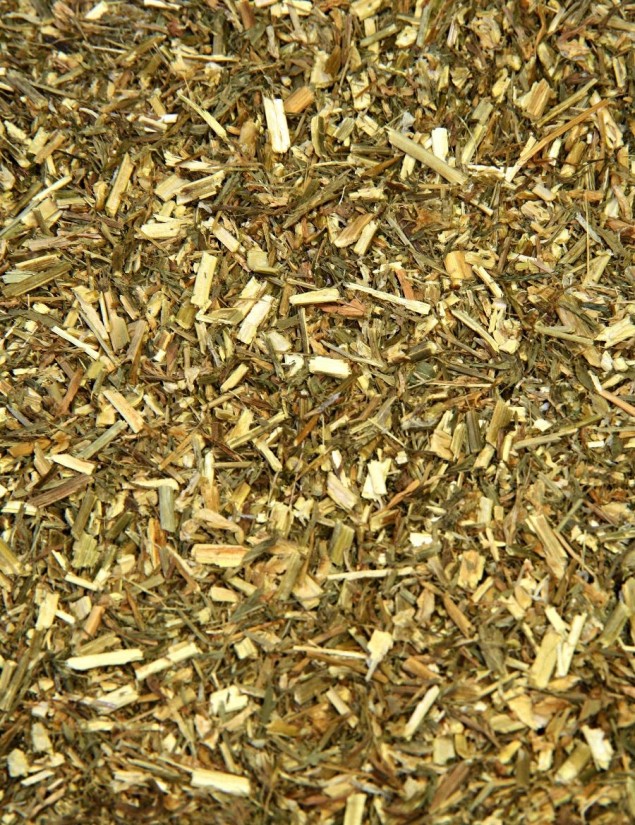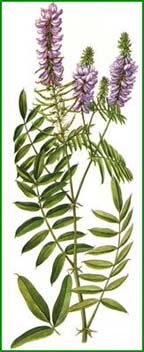[1] British Herbal Pharmacopoeia 1983 Published by the British Herbal Medicine
Association ISBN 0 903032 07 4.
[2] Potter's New Cyclopaedia of Botanical Drugs and Preparations R.C. Wren
Revised by Elizabeth M. Williamson and Fred J Evans. First published in Great
Britain in 1988 and reprinted in 1989 and 1994 by the C. W. Daniel Company Limited.
1 Church Path, Saffron
Images
1.
upload.wikimedia.org
2.
herbcottage.com.au Alkaloid- galegine.[1,2,3]
Peganine.[2,3] Flavonoids.[3]
Saponins.[3]
References
[1] British Herbal Pharmacopoeia 1983 Published by the British Herbal Medicine
Association ISBN 0 903032 07 4.
[2] Poisonous Plants in Britain and their effects on Animals and Man, Ministry
of Agriculture Fisheries and Food. Pub; HMSO (1984) UK
[3] Drogenkunde, 8th ed. Heinz, A., Hoppe. Pub. W. de Gruyter (1975) Berlin
Images
1.
upload.wikimedia.org
 Galega
officinalis.
Goat's Rue, French Lilac
Family: Leguminosae
Galega
officinalis.
Goat's Rue, French Lilac
Family: Leguminosae

